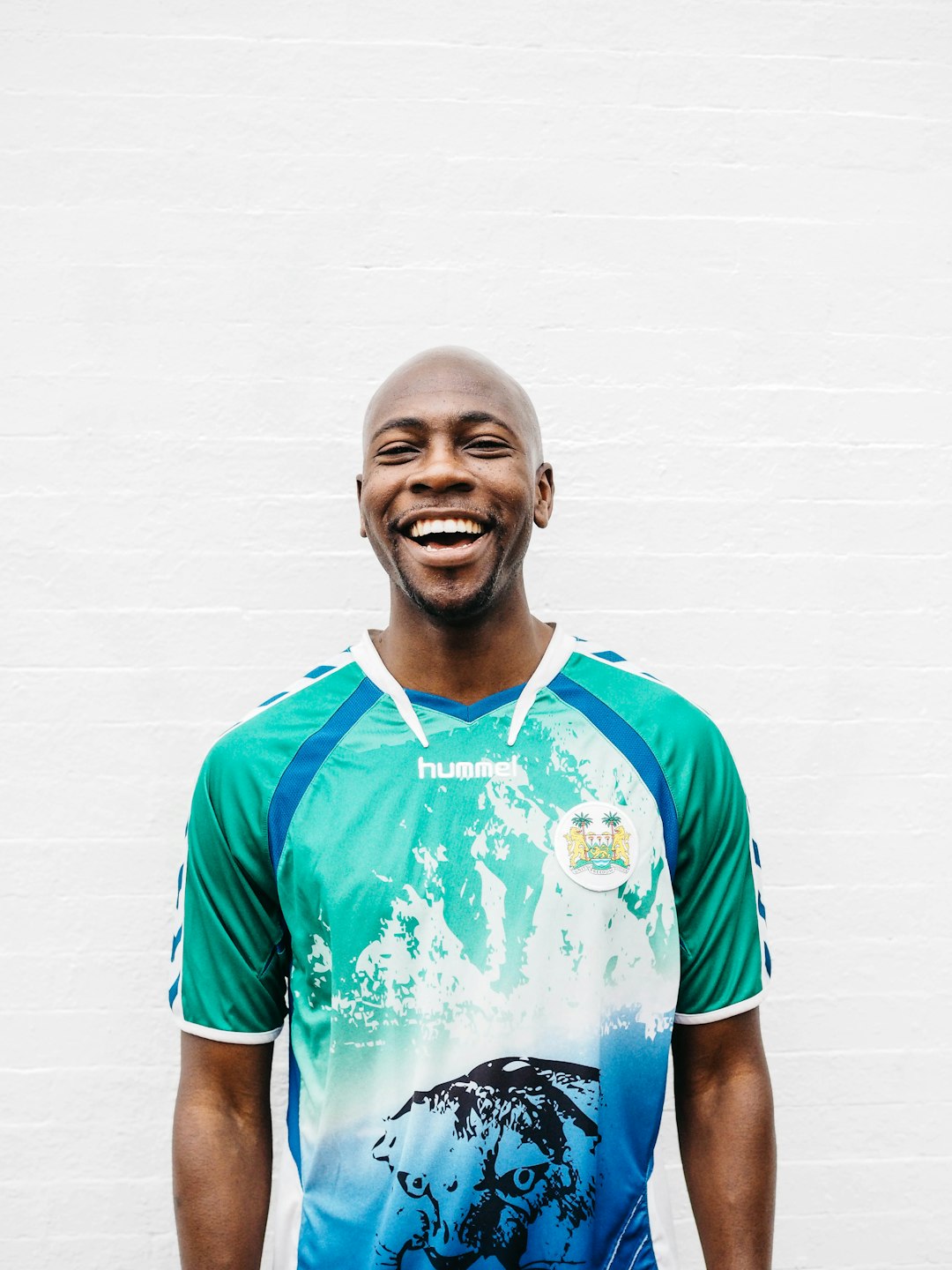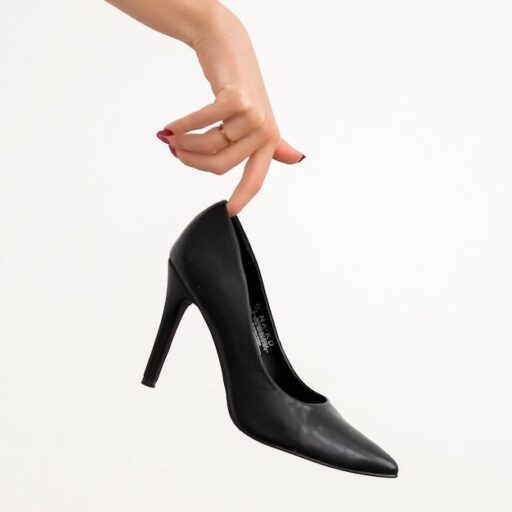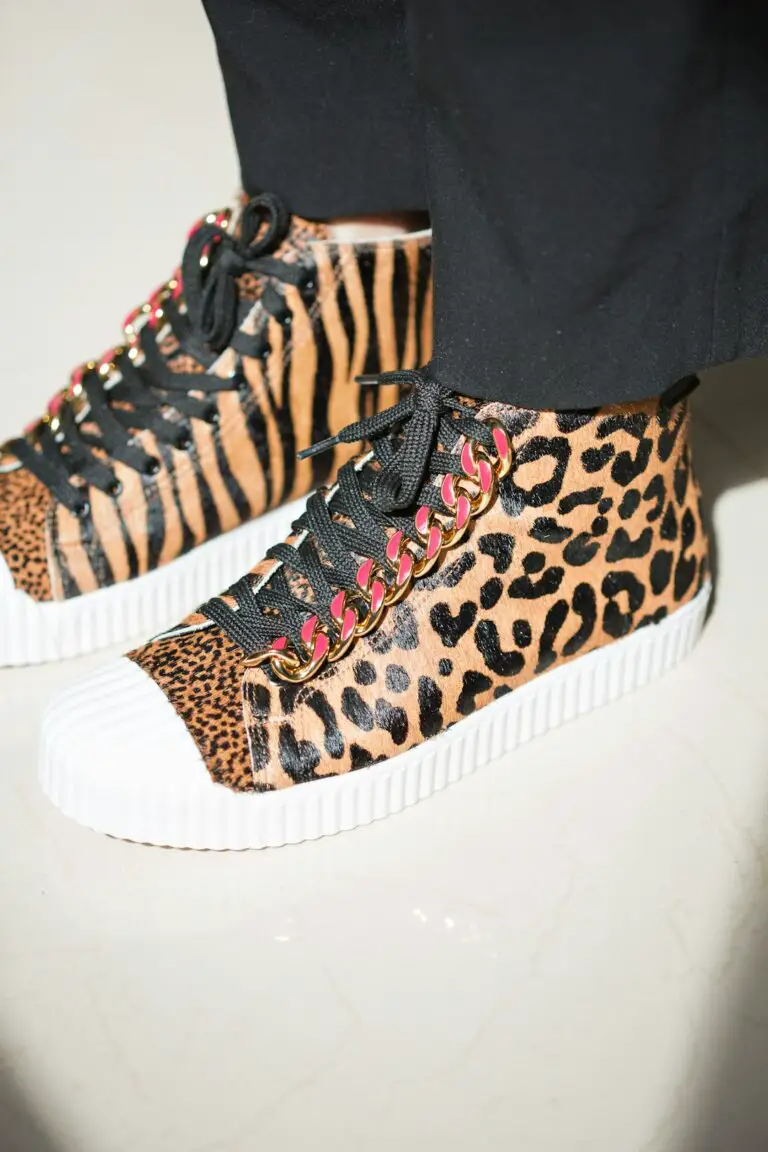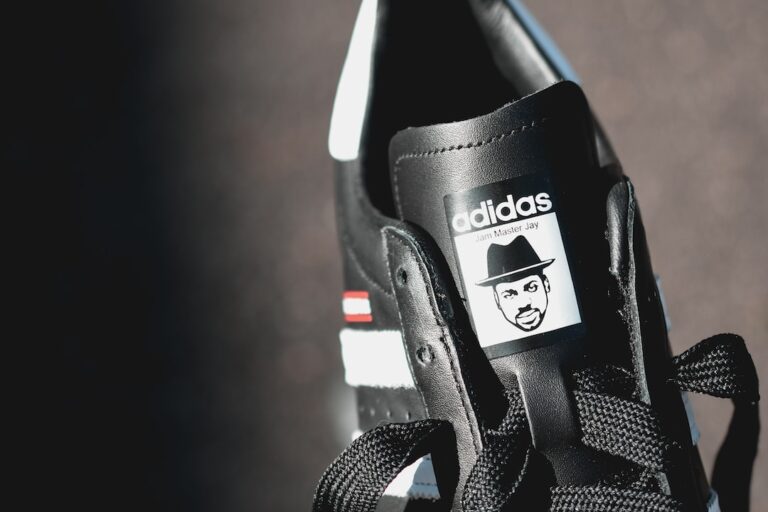Support our educational content for free when you purchase through links on our site. Learn more
Who Are the Biggest Shoe Consumers? Discover the Top 15 Countries in 2024! 👟
Have you ever wondered just how many shoes the world buys each year? Well, buckle up because we’re about to dive into the fascinating realm of footwear consumption! 🌍 In 2022 alone, a staggering 21.9 billion pairs of shoes were sold globally, and the competition among countries to top the shoe consumption charts is fiercer than ever. From the bustling streets of Shanghai to the trendy avenues of New York, shoe lovers are making their mark, and you might be surprised by who’s leading the pack.
In this article, we’ll not only unveil the top 15 shoe-consuming countries but also explore the trends, preferences, and cultural factors that drive these numbers. Are you ready to step into the world of shoes? Let’s lace up and get started!
Key Takeaways
- China reigns supreme as the largest shoe consumer, accounting for 17.9% of global sales in 2022.
- The United States follows closely, with a significant 12.2% share, showcasing the country’s love for diverse footwear styles.
- Sustainability is becoming a key factor influencing shoe purchases, with consumers seeking eco-friendly options.
- Online shopping is booming, with an estimated 2 billion people expected to buy shoes online by the end of 2023. 💻
- Fashion trends and cultural influences play a significant role in shaping consumer preferences across different regions.
👉 Shop for your next pair of running shoes or designer shoes now and stay ahead of the trends!
Table of Contents
- Quick Tips and Facts
- Shoe Consumption Trends: A Historical Perspective
- Top Shoe Consumption Statistics You Need to Know
- Shoe Consumption by Year: What’s the Trend?
- Shoe Consumption by Region: Where Are the Biggest Buyers?
- Shoe Consumption by Country: Who’s Leading the Pack?
- Shoe Consumption in the United States: A Deep Dive
- Shoe Consumption by Channel: Where Are People Buying?
- Shoe Consumption by Gender: Are Women or Men Buying More?
- Shoe Consumption by Frequency: How Often Do People Buy Shoes?
- Shoe Consumption Among Runners: The Athletic Footwear Market
- Shoe Consumption Among Basketball Players: What’s Hot on the Court?
- Emerging Trends in Shoe Consumption: What’s Next?
- Sustainability in Shoe Consumption: The Eco-Friendly Shift
- Influence of Social Media on Shoe Consumption: A Digital Age Phenomenon
- Conclusion
- Recommended Links
- FAQ
- Reference Links
Quick Tips and Facts
- Did you know that over 21.9 billion pairs of shoes were sold globally in 2022? That’s a lot of footwear! 👟👟
- The oldest popular shoe brand might surprise you.
- Shoppers are increasingly turning to online platforms to buy their shoes, with an estimated 2 billion people expected to do so by the end of 2023. 💻
- Sustainability is becoming a key factor influencing shoe purchases, with consumers seeking out brands that prioritize eco-friendly practices. ♻️
Shoe Consumption Trends: A Historical Perspective
The footwear industry has come a long way. From rudimentary sandals in ancient civilizations to the high-tech sneakers of today, our relationship with shoes has always been about more than just covering our feet. It’s a fascinating journey shaped by evolving needs, cultural influences, and technological advancements.
Early Beginnings: Function over Fashion
In the early days, shoes served a primarily practical purpose – protection from the elements and hazards. Think sturdy leather boots for traversing rough terrains or simple sandals for warmer climates. Shoe styles were often dictated by necessity and available materials.
Industrial Revolution and Mass Production
The Industrial Revolution brought about a seismic shift in shoe production. The advent of machinery allowed for mass production, making shoes more affordable and accessible to the wider population. This period also saw the rise of standardized sizing and the emergence of dedicated shoe factories.
20th Century: Branding and Consumerism
The 20th century witnessed the birth of iconic shoe brands and the rise of consumerism. Advertising and marketing played a pivotal role in shaping shoe trends and influencing consumer preferences. Sneakers transitioned from purely athletic footwear to a fashion statement, driven by celebrity endorsements and pop culture.
21st Century: Technology, Sustainability, and E-commerce
Today, the footwear industry is at the cusp of innovation. We’re seeing cutting-edge technologies like 3D printing and sustainable materials transforming shoe manufacturing. E-commerce has revolutionized how we buy shoes, offering unparalleled convenience and a global marketplace at our fingertips.
Top Shoe Consumption Statistics You Need to Know
Want to understand the global footwear landscape? These statistics paint a compelling picture:
- Global shoe consumption in 2022: A whopping 21.9 billion pairs! This signifies a 3.8% rise from the previous year, indicating a robust and growing market. (Source: RunRepeat)
- China leads the pack: Maintaining its position as the top consumer for four consecutive years, China accounted for 17.9% of global shoe consumption in 2022. However, this figure reflects a slight decline from its 2020 share of 20.8%. (Source: RunRepeat)
- The United States steps up: Overtaking India, the United States emerged as the second-largest shoe consumer in 2022, commanding a 12.2% global share. (Source: RunRepeat)
- A staggering statistic: A sobering reminder amidst these figures is that an estimated 300 million people worldwide cannot afford even a single pair of shoes. (Source: RunRepeat)
Shoe Consumption by Year: What’s the Trend?
Analyzing shoe consumption patterns over time reveals insightful trends:
- Steady growth: The global footwear market has demonstrated consistent growth over the past few years, fueled by factors like increasing disposable incomes, a growing global population, and the ever-present influence of fashion trends.
- E-commerce boom: The rise of online shopping has significantly impacted shoe sales, with more and more consumers opting for the convenience and variety offered by e-commerce platforms.
- Sustainability concerns: In recent years, there’s been a noticeable shift towards sustainable and ethical consumption. Consumers are increasingly conscious of the environmental impact of their purchases, leading to a growing demand for eco-friendly footwear options.
Shoe Consumption by Region: Where Are the Biggest Buyers?
Shoe consumption patterns vary significantly across different regions of the world, influenced by factors like cultural norms, economic conditions, and lifestyle choices:
- North America: The trendsetters: Known for their penchant for footwear, North Americans buy an average of 7.4 pairs of shoes per year, spending roughly $32.3 per pair. This region is often at the forefront of shoe trends, influencing global fashion.
- Asia-Pacific: A rising force: With a rapidly growing middle class and increasing urbanization, the Asia-Pacific region is witnessing a surge in shoe consumption. Consumers in this region buy an average of 1.7 pairs annually, spending around $14.9 per pair.
- Europe: Style-conscious consumers: Europeans are known for their discerning taste in fashion and footwear. While consumption patterns vary across different countries within the region, a strong emphasis on quality and style prevails.
Shoe Consumption by Country: Who’s Leading the Pack?
Let’s zoom in on the top contenders in the global shoe consumption race:
- China: As the world’s most populous nation and a manufacturing powerhouse, China’s dominance in shoe consumption comes as no surprise. The country’s massive domestic market and growing middle class fuel its insatiable appetite for footwear.
- United States: From sneakers to stilettos, Americans love their shoes. The United States boasts a diverse and thriving footwear market, driven by a culture of consumerism, a strong retail infrastructure, and a constant influx of new trends.
- India: With a burgeoning population and a rapidly growing economy, India is emerging as a major player in the global footwear market. Rising disposable incomes and increasing urbanization are driving shoe consumption in this vibrant nation.
- Brazil: As the largest economy in South America, Brazil holds significant sway in the regional footwear market. The country’s love for sports and fashion contributes to its strong shoe consumption.
- Indonesia: Indonesia’s growing middle class and youthful population are driving factors behind its rising shoe consumption. The country is also a significant footwear manufacturer, further fueling its domestic market.
- Japan: Known for its unique fashion sense and high-quality products, Japan holds a distinct position in the global footwear landscape. Japanese consumers are particularly drawn to sneakers and designer shoes.
Shoe Consumption in the United States: A Deep Dive
Let’s take a closer look at the shoe habits of Americans:
- Annual spending: The average American shells out a considerable $735 on shoes each year, highlighting the significant role footwear plays in their lifestyle and budget.
- Online vs. in-store: While online shopping continues to gain traction, a significant portion of Americans still prefers the traditional brick-and-mortar experience when buying shoes. This preference could be attributed to factors like the desire to try shoes on for size and comfort before purchasing.
- Department stores dominate: Both online and in-store shoe shoppers in the United States frequently turn to department stores, with 37% of online shoppers and 33% of in-store shoppers favoring this retail channel. Department stores offer a wide variety of brands and styles under one roof, appealing to a broad range of consumers.
Shoe Consumption by Channel: Where Are People Buying?
The rise of e-commerce has undeniably transformed the retail landscape, and the footwear industry is no exception:
- Online surge: The convenience of browsing and purchasing shoes from the comfort of one’s home, coupled with the vast selection offered by online retailers, has led to a surge in online shoe shopping. By the end of 2023, an estimated 2 billion people are projected to buy shoes online.
- In-store resilience: Despite the allure of online shopping, a significant portion of consumers still values the in-store experience, particularly when it comes to footwear. Factors like the ability to try shoes on for size and comfort, receive personalized assistance from sales associates, and the instant gratification of walking out with a new purchase contribute to the enduring appeal of brick-and-mortar shoe stores.
Shoe Consumption by Gender: Are Women or Men Buying More?
It’s a common stereotype that women are the bigger shoe enthusiasts, but is there any truth to it? Let’s delve into the data:
- Women’s shoe spending: On average, women spent $155 on shoes in 2020, compared to $107 spent by men. This difference in spending could be attributed to various factors, including the typically wider variety of styles available in women’s footwear, the influence of fashion trends, and potentially different shopping habits.
- One-time wearers: Interestingly, studies suggest that a significant portion of women’s shoes (25%) are worn only once. This statistic highlights the potential influence of impulse purchases, fast fashion trends, and the pressure to keep up with a constantly evolving wardrobe.
- Buyer’s remorse: It seems women are also more prone to experiencing buyer’s remorse when it comes to shoes. Statistics reveal that 6 out of 10 women regret at least one shoe purchase. This could be due to factors like discomfort after wearing the shoes, a change in style preference, or simply the realization that the shoes don’t get as much use as initially anticipated.
- Men’s buying habits: Men, on the other hand, tend to have a more practical approach to shoe shopping, often prioritizing functionality and durability over fleeting trends. They typically buy new shoes every 2 months, suggesting a more need-based approach to replenishing their footwear collection.
Shoe Consumption by Frequency: How Often Do People Buy Shoes?
Shoe shopping frequency can vary greatly depending on individual lifestyles, budgets, and the ever-present allure of new trends:
- Frequent shoppers: A significant portion of the population (35.3%) indulges in shoe shopping more than three times a year. This group might include fashion enthusiasts, those with a penchant for keeping up with the latest trends, or individuals with specific footwear needs due to their lifestyle or profession.
- Occasional buyers: Others may adopt a more measured approach, purchasing shoes only when necessary, whether it’s to replace worn-out pairs or for special occasions.
- Factors influencing frequency: Several factors can influence shoe shopping frequency, including disposable income, lifestyle, personal style, and the availability of enticing sales and promotions.
Shoe Consumption Among Runners: The Athletic Footwear Market
The running shoe market is a testament to the growing popularity of fitness and the importance of specialized footwear:
- Annual spending: Runners are willing to invest in their footwear, with an average annual spending of $354.1 on running shoes. This investment reflects the understanding that proper footwear is crucial for performance, comfort, and injury prevention.
- Gender differences: Interestingly, women runners spend slightly more on average than their male counterparts, shelling out $373.3 annually compared to $345.7 for men. This difference could be attributed to various factors, including potential variations in shoe preferences, marketing strategies targeting women runners, or differences in shopping habits.
- Pairs purchased: Men runners, on average, buy 3.5 pairs of running shoes annually, while women runners purchase 3.1 pairs. This difference could be related to factors like running mileage, training intensity, or individual preferences for shoe rotation.
👉 Shop for your next pair of running shoes now!
Shoe Consumption Among Basketball Players: What’s Hot on the Court?
Basketball players are renowned for their impressive shoe game, often sporting the latest and greatest sneakers on the court:
- High consumption rate: Professional basketball players go through shoes at an astounding rate, using an average of 200 pairs per season (based on an 82-game season). This high consumption is due to the demanding nature of the sport, which puts immense stress on footwear, and the desire to maintain optimal performance with fresh shoes.
- Weekly turnover: On average, a basketball player might wear a new pair of shoes for each game, translating to a consumption rate of one pair per week. This frequent shoe rotation highlights the importance of footwear as an essential tool for these athletes.
Check out the latest basketball shoes here!
Emerging Trends in Shoe Consumption: What’s Next?
The footwear industry is constantly evolving, shaped by shifting consumer preferences, technological advancements, and global trends. Here are some emerging trends to watch out for:
- Sustainability takes center stage: Consumers are increasingly prioritizing sustainability, seeking out brands that prioritize eco-friendly materials, ethical manufacturing practices, and reduced environmental impact. This trend is driving innovation in recycled materials, circular economy models, and transparent supply chains within the footwear industry.
- Personalization and customization: The desire for unique and personalized products is on the rise, and the footwear industry is responding with innovative customization options. From bespoke shoe designs to 3D-printed footwear tailored to individual foot shapes, consumers are seeking ways to express their individuality through their shoe choices.
- Technology integration: Technology is seamlessly integrating into footwear, blurring the lines between fashion and function. We’re seeing smart shoes with embedded sensors for tracking fitness metrics, shoes with self-lacing capabilities, and augmented reality experiences enhancing the shoe shopping journey.
- Comfort reigns supreme: The pandemic-induced focus on comfort and well-being has extended to footwear choices. Consumers are gravitating towards shoes that prioritize comfort and support, even in formal settings. This trend is driving demand for cushioned soles, ergonomic designs, and versatile styles that can transition from work to leisure.
Sustainability in Shoe Consumption: The Eco-Friendly Shift
As awareness of the environmental impact of our consumption habits grows, the footwear industry is witnessing a significant shift towards sustainability:
- Eco-conscious consumers: Consumers are becoming increasingly conscious of the environmental footprint of their shoe purchases. They’re demanding transparency from brands, seeking information about the materials used, manufacturing processes, and the overall environmental impact of their footwear.
- Sustainable materials: The footwear industry is responding to this demand by innovating with sustainable materials. Recycled plastics, organic cotton, plant-based leathers, and innovative bio-based materials are gaining traction as alternatives to traditional, less eco-friendly options.
- Circular economy models: Brands are exploring circular economy models, aiming to minimize waste and extend the lifecycle of their products. This includes initiatives like shoe recycling programs, repair services, and the design of shoes for disassembly and reuse.
- Ethical manufacturing: Consumers are also concerned about the ethical implications of their shoe purchases, demanding fair labor practices and safe working conditions throughout the supply chain. Brands are responding by partnering with ethical factories, implementing fair trade certifications, and promoting transparency in their manufacturing processes.
Influence of Social Media on Shoe Consumption: A Digital Age Phenomenon
Social media has become an undeniable force shaping consumer behavior, and the footwear industry is no exception:
- Trendsetting platforms: Platforms like Instagram, TikTok, and Pinterest have become virtual runways, showcasing the latest shoe trends and influencing consumer preferences. Influencers, celebrities, and even everyday users play a role in shaping perceptions and driving desire for specific shoe styles.
- Visual storytelling: The highly visual nature of social media makes it an ideal platform for showcasing footwear. Brands leverage eye-catching imagery, engaging videos, and creative content to connect with consumers and tell stories about their products.
- Direct-to-consumer marketing: Social media provides brands with a direct line to their target audience, enabling them to bypass traditional marketing channels and engage directly with consumers. This direct connection allows for personalized messaging, targeted advertising, and real-time feedback.
- Community building: Social media fosters a sense of community among shoe enthusiasts, providing platforms for sharing style inspiration, reviews, and connecting with like-minded individuals. Brands can leverage these communities to build brand loyalty, gather insights, and foster authentic engagement.
Conclusion

As we lace up our shoes and reflect on the fascinating world of footwear consumption, it’s clear that the landscape is as dynamic as the styles we wear. From the staggering 21.9 billion pairs sold globally in 2022 to the rise of sustainability and e-commerce, the shoe market is a vibrant tapestry woven from consumer preferences, cultural shifts, and technological advancements.
Positives and Negatives
Positives:
- The increasing awareness of sustainability is leading to innovative practices within the industry, promoting eco-friendly materials and ethical manufacturing.
- The rise of e-commerce has made shoe shopping more accessible, providing consumers with a vast selection and convenience.
- Diverse trends cater to various demographics, ensuring there’s something for everyone, from runners to fashion enthusiasts.
Negatives:
- The fast fashion culture often leads to a high rate of shoe purchases that are worn only once, contributing to waste.
- Not all brands are transparent about their sustainability practices, making it challenging for consumers to make informed choices.
- The disparity in shoe consumption highlights socioeconomic issues, with millions unable to afford even a single pair.
In light of these insights, we confidently recommend staying informed and choosing brands that prioritize sustainability and ethical practices. By doing so, you not only elevate your style but also contribute to a more responsible footwear industry. So, whether you’re a sneakerhead or a casual shopper, remember that your choices matter!
Recommended Links
- 👉 Shop Running Shoes: Amazon Running Shoes | Walmart Running Shoes | Nike Official Website
- 👉 Shop Designer Shoes: Amazon Designer Shoes | Zappos Designer Shoes | Gucci Official Website
- 👉 Shop Men’s Shoes: Amazon Men’s Shoes | Etsy Men’s Shoes | Adidas Official Website
- 👉 Shop High Heels: Amazon High Heels | Zappos High Heels | Steve Madden Official Website
- Books on Footwear: The Sneaker Book | Shoe Dog by Phil Knight
FAQ

Who buys the most shoes?
The biggest shoe consumers are primarily concentrated in a few key countries. As of 2022, China leads the pack with a staggering 17.9% of global consumption, followed by the United States at 12.2% and India at 11.5%. This trend is driven by factors such as population size, economic growth, and cultural attitudes toward footwear.
Read more about “Discover the Top 15 Non-Athletic Footwear Brands You Need to Know … 👠”
Who spends the most on shoes?
In terms of spending, North Americans are at the forefront. On average, Americans spend around $735 annually on shoes, which reflects a strong consumer culture and a preference for variety and brand loyalty. Women tend to spend more per pair compared to men, highlighting the influence of fashion trends.
Read more about “What is the Best Comfort Shoe Brand? Discover the Top 12 Picks for 2024! 👟”
Who dominates the shoe market?
China continues to dominate the global shoe market. With its massive population and burgeoning middle class, the country has maintained its position as the top consumer for several years. However, the U.S. market remains highly influential due to its diverse consumer base and trend-setting capabilities.
What is the #1 selling shoe in the world?
While specific models can vary year by year, Nike’s Air Force 1 has consistently been a top contender. This iconic sneaker has transcended its athletic origins to become a cultural staple, making it one of the best-selling shoes globally. Other popular models include Adidas’ Yeezy line and various styles from brands like Converse and Vans.
Reference Links
- RunRepeat – Shoe Consumption Statistics
- Statista – Leading 10 Global Footwear Consumers 2022, by Country
- Nike Official Website
- Adidas Official Website
- Gucci Official Website
With this comprehensive overview, you’re now equipped with valuable insights into the world of shoe consumption. So, step out in style and make your next shoe purchase a thoughtful one! 👟✨



